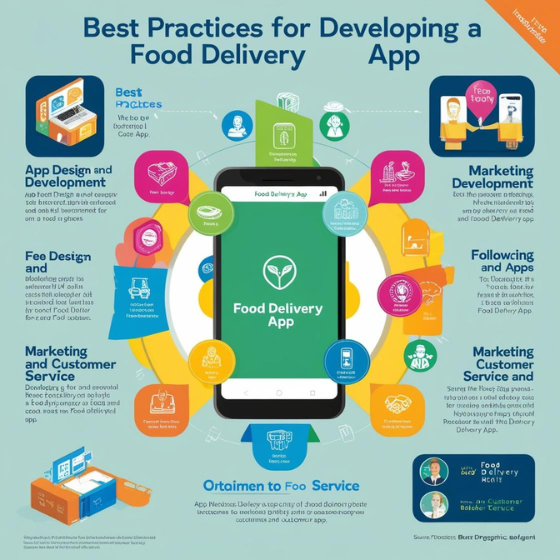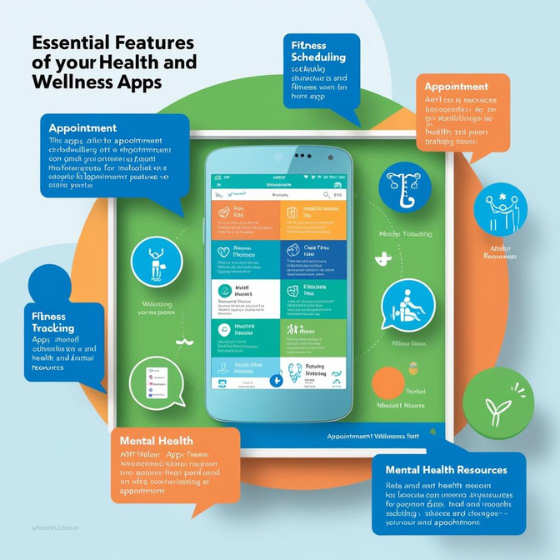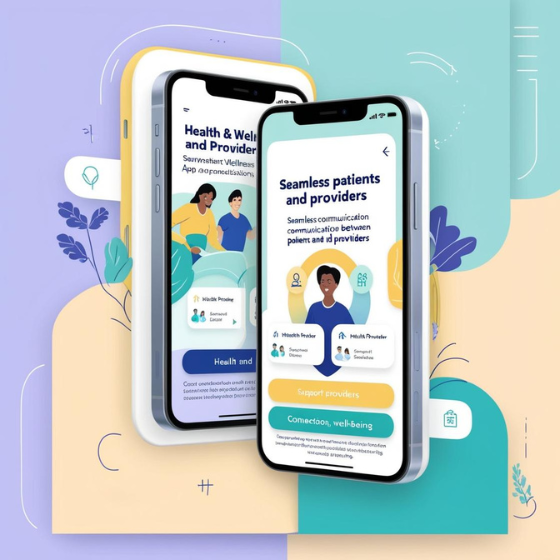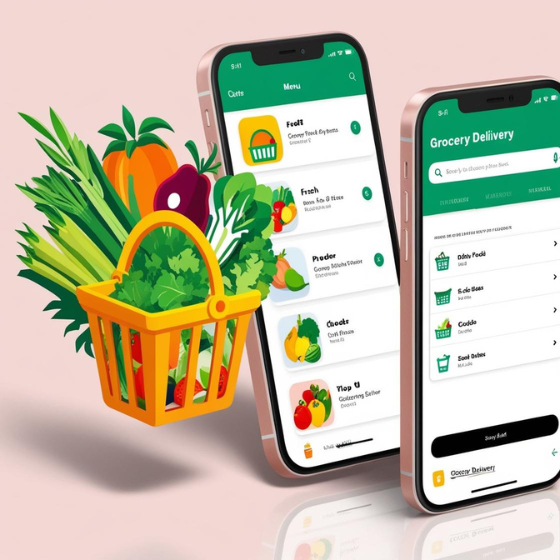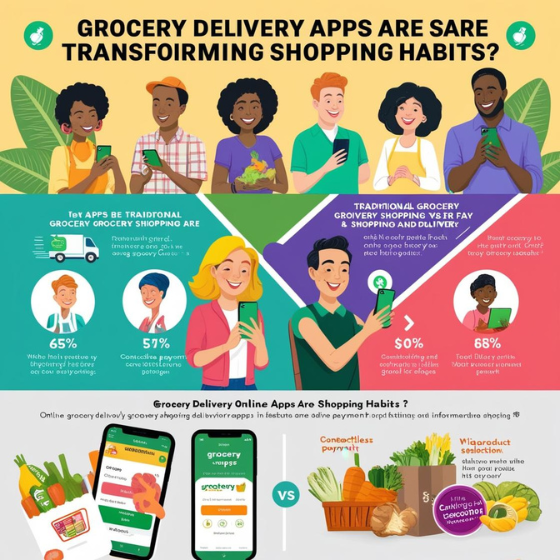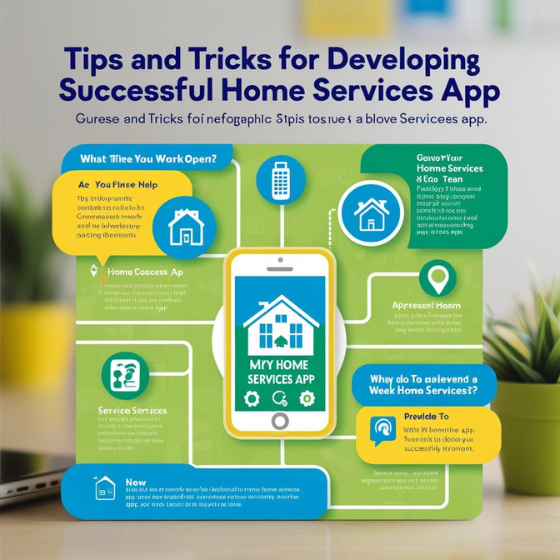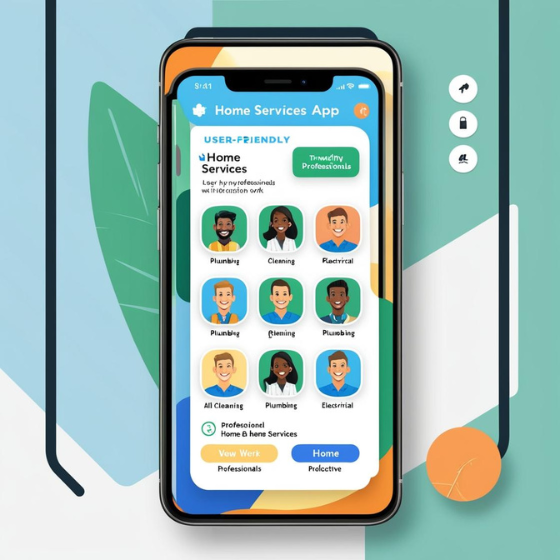Best Practices for Developing a Food Delivery App
Introduction
In 2023, the global food delivery market was valued at over $130 billion, with a projected annual growth rate of 11.5%. This rapid expansion highlights the growing demand for food delivery apps that provide customers with convenience, variety, and reliability. With so many food delivery apps already in the market, how can businesses stand out and ensure success? By following the best practices for developing a food delivery app, companies can create an app that not only meets customer expectations but also builds long-term customer loyalty and drives revenue growth.
In this blog, we’ll explore the best practices that should be followed when developing a food delivery app. Whether you’re looking to launch a new app or enhance an existing one, these strategies will help optimize your app’s performance, improve user experience, and increase your market share.
1. Understand Your Target Audience
One of the first best practices for developing a food delivery app is to deeply understand your target audience. A successful food delivery app must cater to the specific needs, preferences, and pain points of its users. Whether your target audience consists of busy professionals, health-conscious individuals, or students, knowing their habits and preferences will help you tailor the app’s features and functionality.
Key considerations:
- User Demographics: Understand your audience’s age, location, income, and food preferences. This will help you design your app with the right functionalities.
- User Pain Points: Identify the challenges your audience faces with current delivery services. Is it slow delivery, poor tracking, or a lack of diverse menu options?
- Usage Behavior: Pay attention to the frequency and timing of app usage. Are users more likely to order during lunch hours, late at night, or on weekends?
By focusing on these aspects, you can develop a food delivery app that resonates with your users, making it easier for them to place orders, track deliveries, and engage with your service.
2. Streamline User Interface (UI) and User Experience (UX)
The UI/UX design of your food delivery app plays a significant role in attracting and retaining customers. A clean, easy-to-navigate interface encourages users to return and make repeat orders. A seamless and intuitive experience can differentiate your app from competitors, especially in a crowded market.
Best Practices for UI/UX:
- Simple Navigation: Organize the app’s content and functions so users can quickly find what they’re looking for. Implement a straightforward menu with options like “Browse Menus,” “Track Orders,” and “Payment Methods.”
- Customization: Allow users to customize their orders with ease. This can include choosing meal preferences, dietary restrictions, or adding special instructions.
- Fast Checkout Process: The fewer steps required to complete an order, the better. Implement auto-fill features for delivery addresses and payment methods to reduce friction in the checkout process.
By prioritizing user-friendly design, you enhance the overall user experience, making it more likely for customers to return.
3. Focus on Real-Time Tracking and Notifications
Real-time tracking is one of the standout features that set modern food delivery apps apart. Users expect to see their food’s journey from the restaurant to their doorstep in real time. Incorporating an intuitive tracking system will enhance the app’s value and improve user satisfaction.
Key Features to Implement:
- Order Tracking: Include real-time GPS tracking that allows customers to monitor the status of their delivery. Show live updates on where their order is and the estimated arrival time.
- Push Notifications: Keep customers informed with instant updates about order status changes, such as when the food is being prepared, dispatched, or out for delivery.
- Delivery Time Estimates: Provide accurate delivery time predictions based on real-time traffic and restaurant preparation times.
This feature is crucial to building trust with users and ensuring transparency. Customers are more likely to stay loyal if they feel informed and in control of the process.
4. Payment Integration and Security
Another of the best practices for developing a food delivery app is to provide secure, easy-to-use payment options. Customers expect a variety of payment methods, from credit cards to digital wallets, and they also expect their payment data to be protected.
Key Features for Payment Integration:
- Multiple Payment Options: Offer a variety of payment methods such as credit/debit cards, digital wallets (like PayPal, Google Pay, or Apple Pay), and cash on delivery for flexibility.
- Security Features: Implement robust encryption methods and comply with security standards like PCI-DSS to protect sensitive user data. Customers need to feel confident that their payment details are safe.
- One-Click Payments: For a seamless experience, integrate one-click payment options that remember users’ preferences for faster transactions.
Offering smooth and secure payment options not only improves user trust but also increases conversion rates.
5. Incorporate Loyalty Programs and Incentives
Building customer loyalty is crucial in the highly competitive food delivery market. Implementing a loyalty program or offering incentives can boost user retention and encourage repeat orders.
Loyalty Program Ideas:
- Discounts and Coupons: Reward users with discounts on their next order or special offers based on their order history.
- Referral Programs: Encourage users to refer friends and family by offering rewards such as free delivery or credits for each successful referral.
- Points System: Allow customers to earn points with every order that can be redeemed for discounts or free items.
Loyalty programs not only increase customer satisfaction but also create a sense of community, making users feel valued and appreciated.
6. Optimize for Mobile Devices
The majority of food delivery app users access their services via smartphones. Therefore, optimizing your food delivery app for mobile devices is non-negotiable. A mobile-first approach will ensure your app performs well across all devices, providing a consistent and enjoyable experience.
Optimization Tips:
- Responsive Design: Ensure your app works flawlessly on various screen sizes, from smartphones to tablets. The design should automatically adjust to the user’s device.
- Speed Optimization: Fast-loading times are essential for retaining users. Optimize images, minimize data usage, and reduce unnecessary features to keep the app running smoothly.
- Offline Capabilities: Allow users to browse menus and place orders offline. This feature can be helpful in areas with inconsistent internet connectivity.
By focusing on mobile optimization, you increase the chances of your app being used frequently and recommended to others.
Conclusion
Developing a successful food delivery app is no easy feat, but following the best practices for developing a food delivery app can help set you on the right path. From understanding your target audience and optimizing the UI/UX to implementing real-time tracking and secure payment options, every step plays a crucial role in delivering an exceptional user experience.
If you’re looking for professional support in designing and developing your own food delivery app, explore Sodio’s mobile app development services to take the first step towards building a highly functional, user-friendly app. We specialize in creating innovative digital solutions that will help you stay ahead in the competitive food delivery industry.
Ready to create the perfect food delivery app? Contact Sodio’s team of experts today and begin your journey toward success!
